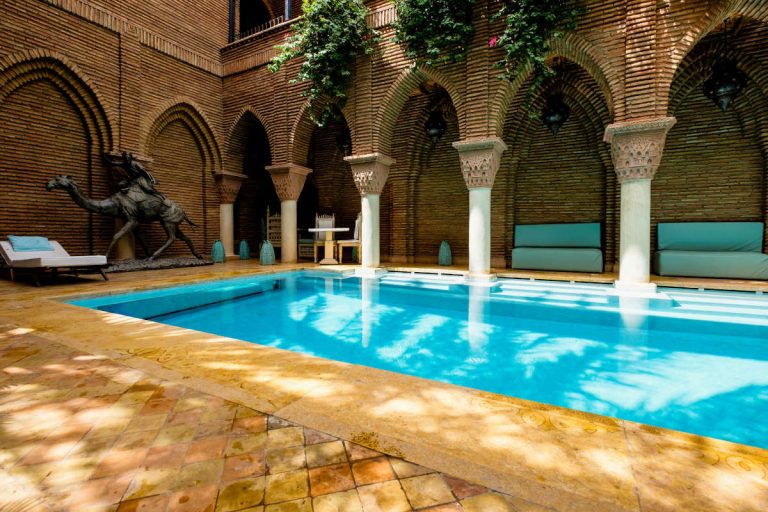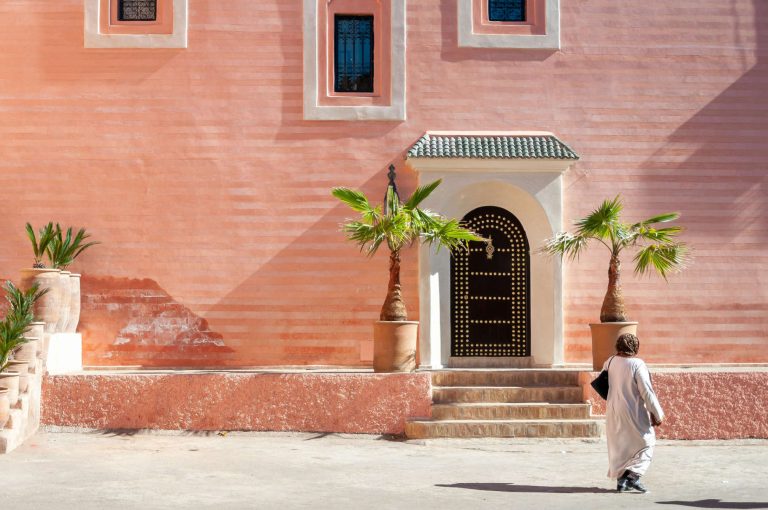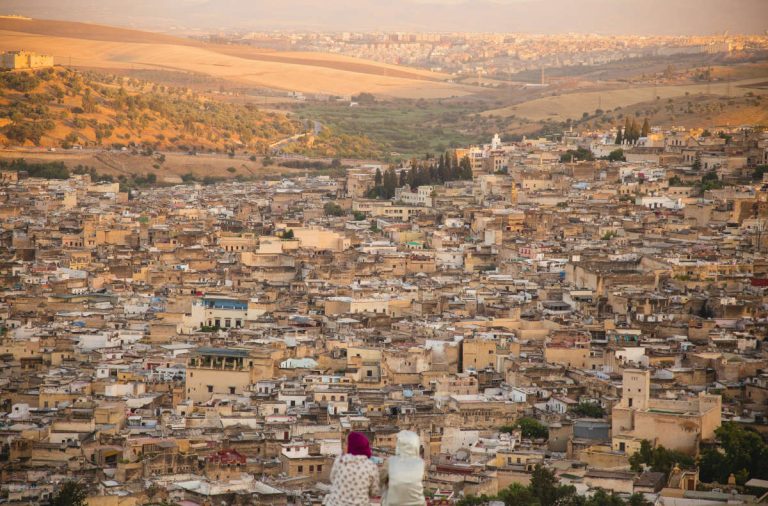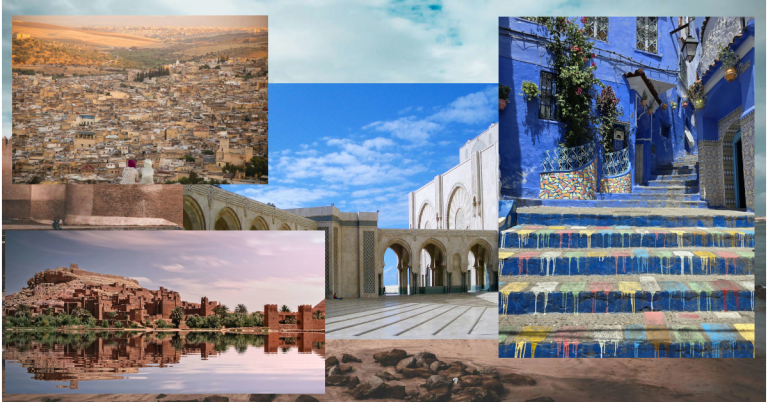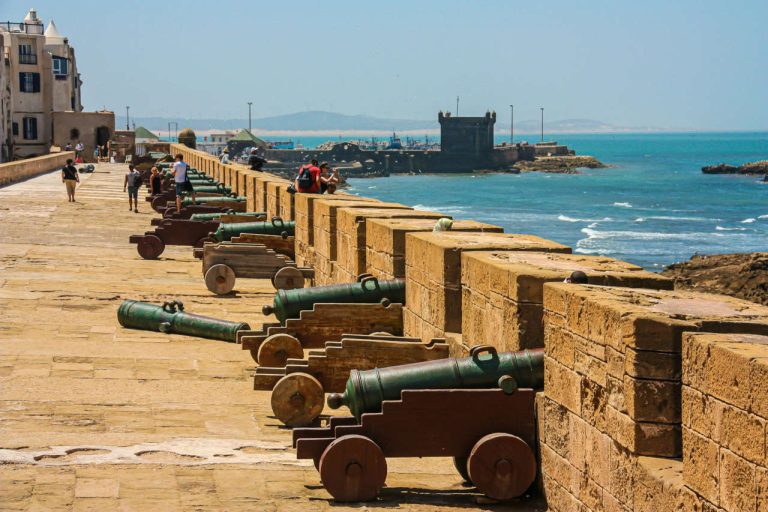Rabat: Morocco’s Capital of Elegance and Imperial Heritage
Rabat stands as Morocco’s political and administrative capital, a city that combines royal grandeur with laid-back coastal charm. Unlike the bustling energy of Casablanca or the medieval intensity of Fez, Rabat offers visitors a more relaxed yet equally enriching experience, showcasing Morocco’s governmental importance alongside its rich historical legacy.
Royal Grandeur and Political Significance
As home to the Moroccan royal family and government institutions, Rabat exudes an air of official importance tempered by accessibility. The Royal Palace, though closed to the public, presents impressive gates and walls that hint at the ceremonies and traditions maintained within. The surrounding Mechouar district features wide boulevards and manicured gardens that reflect the city’s role as Morocco’s seat of power.
The presence of embassies, government buildings, and international organizations creates a sophisticated atmosphere that distinguishes Rabat from Morocco’s other major cities. This political significance brings a cosmopolitan population of diplomats, civil servants, and international professionals who contribute to the city’s cultured ambiance.
Hassan Tower and the Mausoleum of Mohammed V
The Hassan Tower stands as Rabat’s most iconic landmark, a 12th-century minaret that was intended to be the world’s largest mosque. Though never completed, the red sandstone tower rises majestically above the city, accompanied by the ruins of the mosque’s columns that create a striking archaeological site.
Adjacent to the tower, the Mausoleum of Mohammed V represents modern Moroccan architecture at its finest. This white marble masterpiece houses the tombs of King Mohammed V and King Hassan II, surrounded by intricate decorations that blend traditional Moroccan craftsmanship with contemporary design. The changing of the guard ceremony adds pageantry to this solemn site.
The Kasbah of the Udayas: Coastal Fortress Charm
Perched on cliffs overlooking the Atlantic Ocean, the Kasbah of the Udayas offers one of Morocco’s most picturesque historic districts. This 12th-century fortress features narrow streets lined with blue and white houses that create a distinctly Andalusian atmosphere, reflecting the influence of refugees who fled Spain in the 17th century.
The kasbah’s gardens provide peaceful retreats with ocean views, while the Museum of Oudaya showcases traditional Moroccan arts and crafts in a beautiful restored palace setting. The area’s coastal location creates refreshing breezes that make exploration pleasant even during warmer months.
Modern Rabat and Urban Planning
Rabat represents successful urban planning that balances historical preservation with modern development needs. The Ville Nouvelle, built during the French Protectorate, features wide avenues, parks, and administrative buildings that create an ordered, European-influenced cityscape.
Contemporary Rabat continues this planning tradition with projects like the Hassan II Bridge and modern tram system that connect different parts of the city efficiently. The Mohammed VI Museum of Modern and Contemporary Art reflects the city’s commitment to cultural development alongside governmental functions.
Educational and Cultural Hub
Home to Mohammed V University’s main campus and numerous research institutions, Rabat attracts students and intellectuals from across Morocco and beyond. This academic presence creates a youthful energy that balances the city’s governmental formality, particularly evident in the Agdal district where university life flourishes.
The city’s museums, including the Archaeological Museum and National Museum of Jewelry, offer world-class collections that showcase Morocco’s cultural heritage. Regular cultural events, from art exhibitions to music festivals, reflect Rabat’s role as a cultural as well as political capital.
Coastal Lifestyle and Atlantic Influence
Rabat’s location on the Atlantic coast provides natural advantages that enhance quality of life. The Bouregreg Marina development has created a modern waterfront district with restaurants, shops, and entertainment venues that offer alternatives to traditional medina experiences.
The nearby beaches, particularly Plage de Rabat, provide recreational opportunities for residents and visitors alike. The coastal climate moderates temperatures throughout the year, making Rabat one of Morocco’s most comfortable cities climatically.
Sale: The Sister City
Connected to Rabat by the Bouregreg River, Sale offers additional historical attractions and a more traditional atmosphere. The two cities together create a metropolitan area that combines governmental importance with authentic Moroccan life. Sale’s medina provides excellent shopping opportunities and traditional crafts in a less touristy environment than other Moroccan cities.
Diplomatic and International Presence
As Morocco’s capital, Rabat hosts numerous international organizations and diplomatic missions, creating opportunities for cultural exchange and international cuisine. This international presence contributes to the city’s sophisticated restaurant scene and cultural programming that reflects global influences.
The African Development Bank’s presence and various regional organizations make Rabat increasingly important as a center for African diplomacy and economic cooperation, adding to its international significance.
Planning Your Rabat Experience
Rabat can be explored comfortably in one to two days, making it an excellent addition to any Moroccan itinerary. The city’s manageable size, good infrastructure, and relaxed pace provide a pleasant contrast to Morocco’s more intense tourist destinations.
The spring and autumn months offer ideal weather for exploring both historical sites and coastal areas. Rabat’s excellent train connections make it easily accessible from other major Moroccan cities, while its international airport serves regional destinations.
Rabat offers visitors a chance to experience Morocco’s contemporary political and cultural sophistication while exploring historical treasures in a relaxed, elegant setting that reflects the country’s modern confidence and traditional pride.


